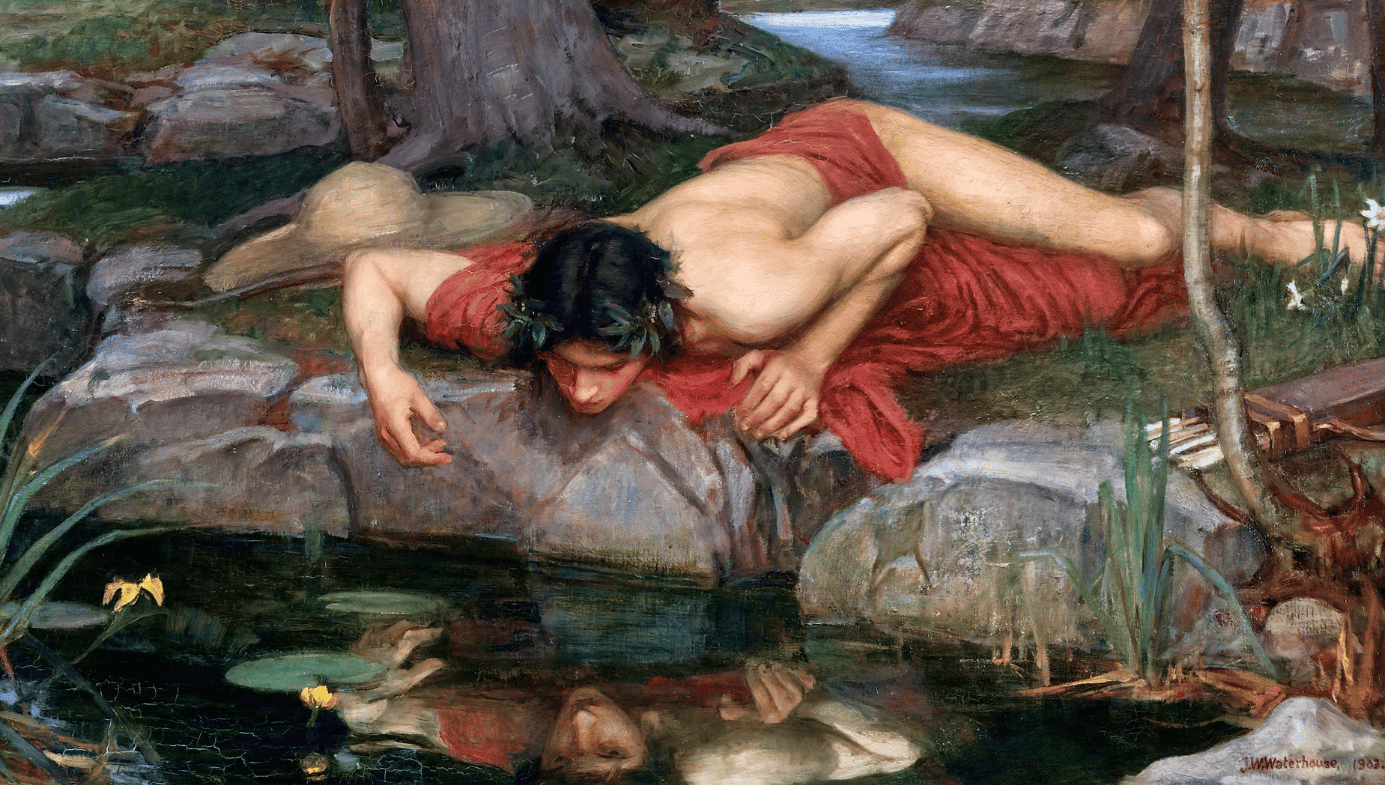Narcissism for All
Forty-five years ago, Christopher Lasch identified what has become a defining feature of modern activism—“the ever-present, neurotic need to be recognized and affirmed.”

Forty-five years ago, Christopher Lasch identified what has become a defining feature of modern activism—“the ever-present, neurotic need to be recognized and affirmed.”





Join the newsletter to receive the latest updates in your inbox.